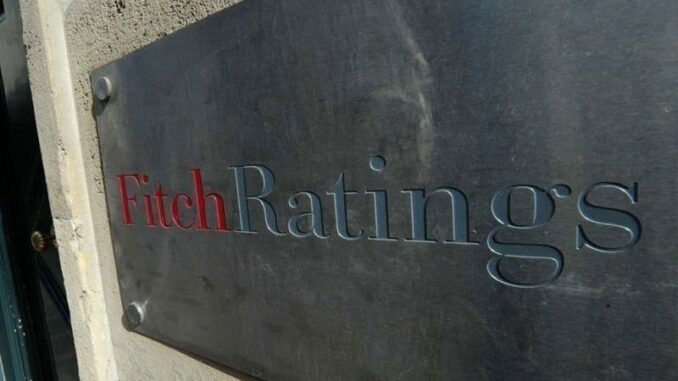
Amid growth opportunities
MANILA, Philippines — As Philippine digital banks aim to capitalize on the country’s large underserved population, risks associated with lending to the unbanked and underbanked segments are proving to be a substantial challenge, Fitch Ratings said.
In a report, the debt watcher said that the Philippines, just like other markets in the Asia Pacific region, has lower credit and bank penetration than developed markets.
Digital lenders can then focus on growing their loan books and optimize their balance sheets by targeting individuals with limited or no credit histories.
“However, we believe that the potential pool of bankable customers may be constrained by their significantly lower income and/or very limited credit or payment history that make it challenging for banks to price loans adequately,” Fitch Ratings said.
The report revealed that the non-performing loan ratio for Philippine digital banks worsened to 14.1 percent in July 2024 from 5.9 percent in December 2022.
This rapid deterioration in loan quality has driven up credit costs, which have almost entirely offset the interest income digital banks generate.
The exposure to higher-risk customer segments also leaves digital banks more susceptible to fluctuations in economic conditions and interest rates, Fitch said.
“This was evident from their much faster rise in impairment costs relative to the system average last year, especially in markets that experienced steep rate hikes such as Indonesia, Hong Kong and the Philippines,” it said.
But while digital banks’ riskier business models may lead to financial strain, the long-term outlook depends on their ability to enhance risk management.
Fitch also remains optimistic that digital banks in the Philippines could eventually improve their risk screening capabilities as they collect more data on their expanding customer base.
Digital banks in the Philippines are a new formal category of banks, only approved by the Bangko Sentral ng Pilipinas in 2020. The BSP has given digital banking licenses to GoTyme Bank, Maya Bank, Overseas Filipino Bank, Tonik Digital Bank, UnionDigital Bank and UNOBank.
The BSP will lift the moratorium imposed on the granting of digital banking licenses starting Jan. 1, 2025, but will only permit a maximum of 10 digital banks to operate in the country.
The fast growing presence of digital banks has intensified funding competition within their local markets, according to Fitch Ratings.
“Some digital lenders in the Philippines and Indonesia, for example, are aggressively offering time deposit rates that are almost twice the rates offered by the incumbents,” it said.
“These promotional rates are unlikely to be sustained in the longer run, but the keener competition has dampened the net interest margin of several smaller traditional lenders that had to compete fiercely with the digital banks for deposits.”
Based on the report, at least 16 digital banks out of more than 45 in Asia Pacific have achieved breakeven, with the Japanese digital banks having had the longest record of profitability.
Fitch added that leading Chinese and South Korean banks are among those with the largest profits, supported by their higher-margin business and strong synergies with their corporate groups that have aided customer acquisition.


Be the first to comment